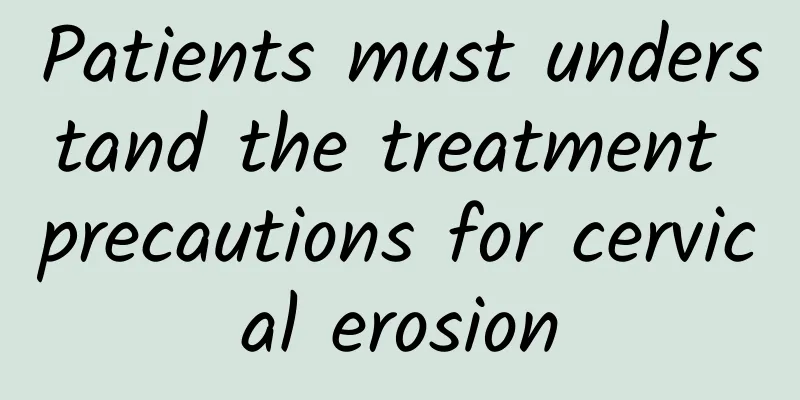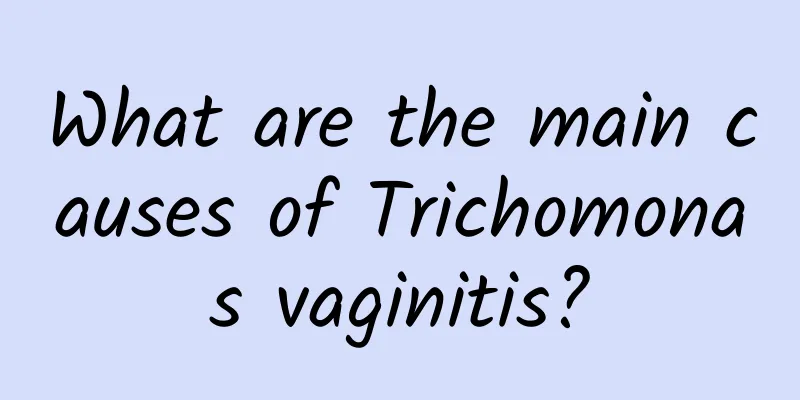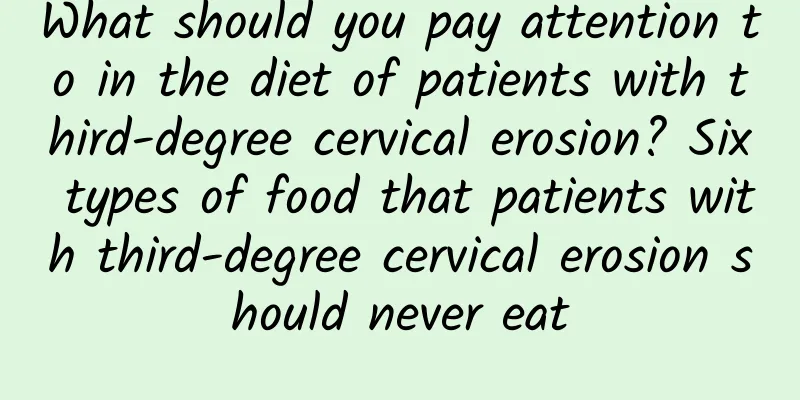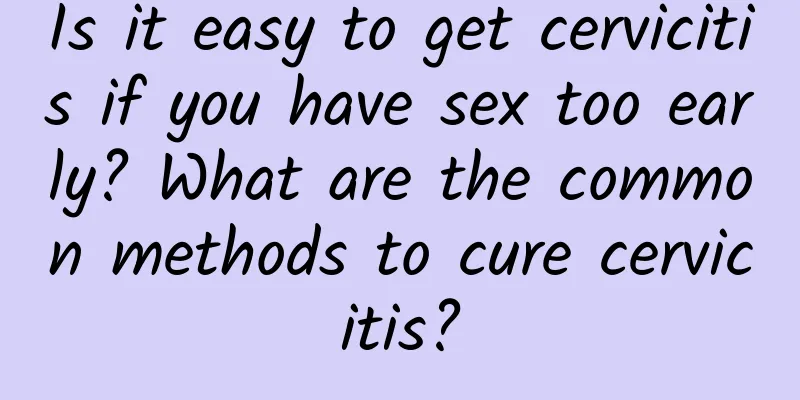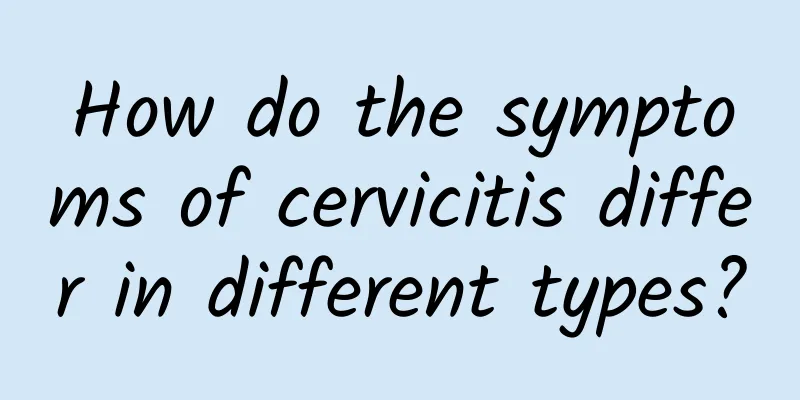How to treat uterine fibroids? What are the treatments for uterine fibroids?
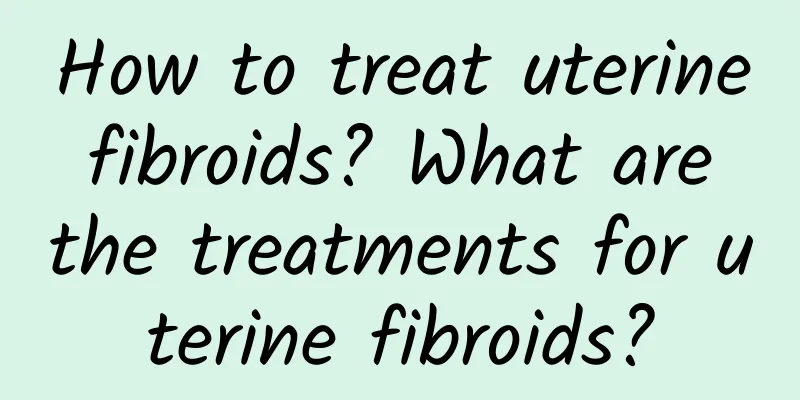
|
Uterine fibroids are a common tumor disease in women. Uterine fibroids are looking for other benign tumors and will not cause much impact and harm to the patient's health. However, we cannot underestimate uterine fibroids. Actively treat uterine fibroids to avoid the deterioration of uterine fibroids. 1. Follow-up observation If the patient has no obvious symptoms and no symptoms of malignancy, regular follow-up observation can be performed. 2. Drug treatment (1) Gonadotropin-releasing hormone agonist (GnRH-a) Commonly used GnRH-a in clinical practice include leuprorelin (Enanton), goserelin (Zoloft), triptorelin (Dapiga), etc. GnRH-a should not be used for a long time and is only used for preoperative pretreatment, generally for 3 to 6 months, to avoid causing severe menopausal symptoms caused by low estrogen; small doses of estrogen can also be supplemented to resist this side effect. (2) Mifepristone is a progesterone antagonist that has been clinically used in the treatment of uterine fibroids in recent years. It can reduce the size of fibroids, but the fibroids grow more after discontinuation of the drug. (3) Danazol is used for preoperative medication or to treat uterine fibroids that are not suitable for surgery. Uterine fibroids can grow after the drug is stopped. Taking danazol causes liver damage and androgenic side effects (weight gain, acne, deepening of the voice, etc.). (4) Tamoxifen can inhibit the growth of fibroids. However, it should be noted that some patients may experience an increase in the response of uterine fibroids, and may even induce endometriosis and endometrial cancer. (5) Commonly used androgen drugs include methyltestosterone (methyltestosterone) and testosterone propionate (testosterone propionate), which can inhibit the growth of fibroids. Pay attention to the dosage to avoid masculinization. During the bleeding period of patients with uterine fibroids, if the amount of bleeding is heavy, uterine contractants (such as oxytocin, ergot) and hemostatic drugs (such as hemostatic acid, aminobenzoic acid (hemostatic aromatic acid), lizhihemostasis, Panax notoginseng tablets, etc.) can also be used, which can play a certain degree of auxiliary hemostatic effect. 3. Surgical treatment Surgical treatment of uterine fibroids includes myomectomy and hysterectomy, which can be performed abdominally, vaginally, or endoscopically (hysteroscopy or laparoscopy). The choice of surgery and surgical method depends on factors such as the patient's age, fertility requirements, size of the fibroid, location of growth, and medical technology conditions. (1) Myomectomy: The surgery to remove uterine fibroids and preserve the uterus is mainly used for young women under 40 who wish to retain their fertility. It is suitable for patients with large fibroids, heavy menstruation, compression symptoms, infertility caused by fibroids, submucosal fibroids, and rapidly growing fibroids without malignant transformation. (2) Patients with obvious symptoms of hysterectomy, the possibility of malignant changes in fibroids, and no fertility requirements are suitable for hysterectomy. Hysterectomy can be performed by total hysterectomy or subtotal hysterectomy. Patients of older age are suitable for total hysterectomy. The possibility of cervical malignancy must be eliminated before surgery. (3) Uterine artery embolization uses radiological intervention to insert an arterial catheter directly into the uterine artery, inject permanent embolic particles, block the blood supply to the uterine fibroids, and achieve fibroid shrinkage or even disappearance. UAE is currently mainly suitable for uterine fibroids with symptoms such as anemia caused by abnormal uterine bleeding. When choosing interventional treatment for uterine fibroids, caution should be exercised, especially for patients with uncontrolled pelvic inflammation, patients who wish to retain fertility, arteriosclerosis, and contraindications to angiography should be listed as contraindications to this treatment. 5% of patients may have premature ovarian failure and rare pelvic infections after surgery. |
>>: What are intramural uterine fibroids? What are the treatments for intramural uterine fibroids?
Recommend
The environment is also the key cause of vaginitis
The incidence of vaginitis has been very high in ...
Why do uterine fibroids grow larger during pregnancy? Will uterine fibroids grow quickly during pregnancy?
Why do uterine fibroids grow larger during pregna...
Specific causes of irregular menstruation in women
Irregular menstruation is something women often e...
Why do I feel pain in my lower abdomen after childbirth? Postpartum uterine contraction
If you feel a noticeable pain in your lower abdom...
Can cervical erosion heal itself?
Can cervical erosion heal itself? Recently, peopl...
Destroy fatty liver! Half an hour of intermittent exercise every day
The doctor told me I have fatty liver, what shoul...
Common menstrual irregularities in daily life
In modern society, women often experience irregul...
What are the 4 major methods for treating chronic cervicitis in women?
After women find that they have chronic cerviciti...
Can I eat spicy hot pot during my period? It's best not to eat it
It is best not to eat Malatang during menstruatio...
Understanding the symptoms of vulvar leukoplakia is very helpful for treatment
For most of our female compatriots, what they car...
Waistline enlargement may be a sign of uterine fibroids. How can middle-aged women self-check uterine fibroids?
Is an increased waistline a sign of uterine fibro...
What are the causes of adnexitis?
What are the causes of adnexitis? Adnexitis is a ...
Everyone should know some methods of caring for patients with chronic cervicitis
Chronic cervicitis is a female disease that will ...
Conventional medication for cervical precancerous lesions
There are many reasons for cervical precancerous ...
Introduction to the treatment of acute adnexitis
The treatment of acute adnexitis must be quick an...
